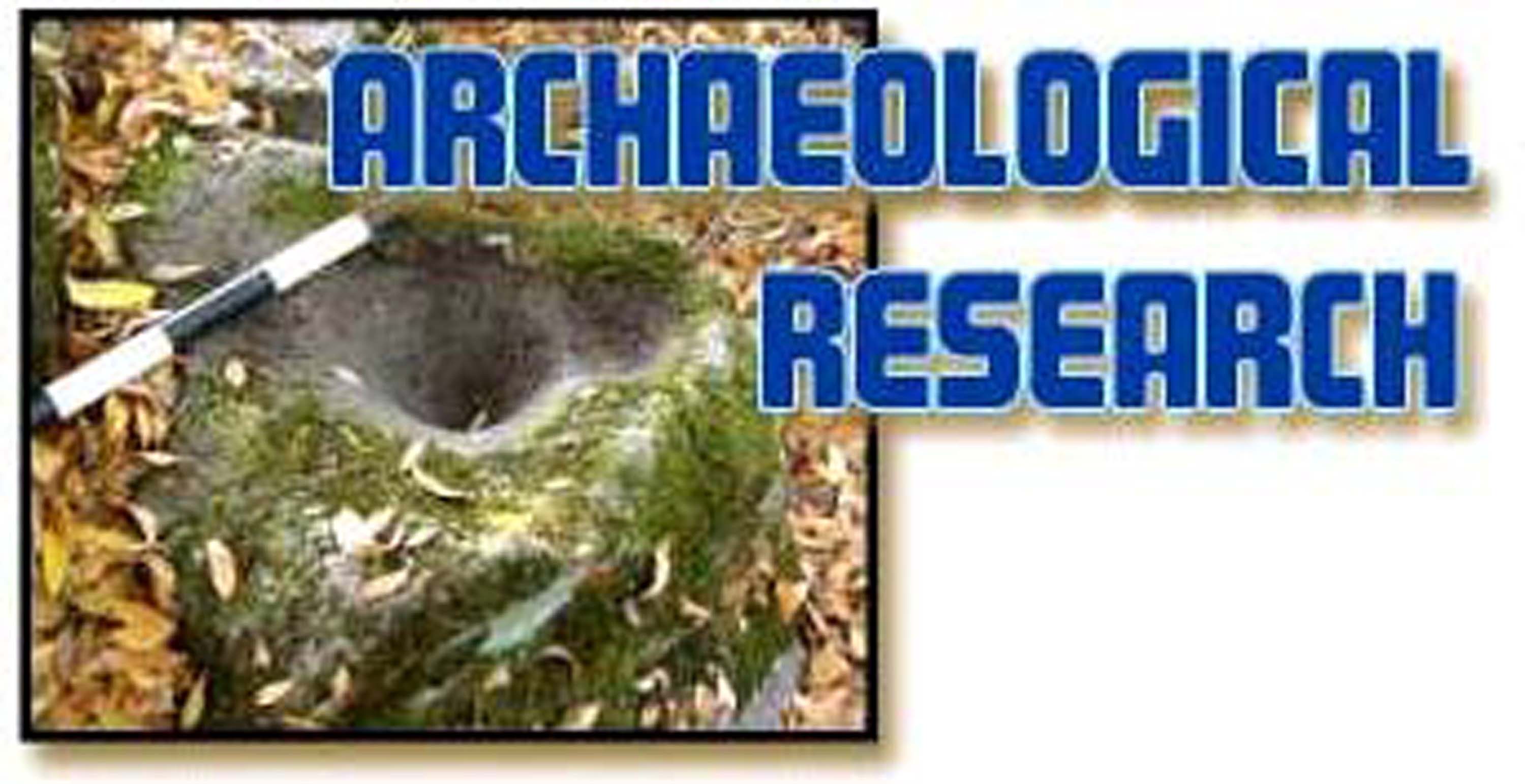Elem Archaeology



The information presented on these pages was derived from sample archaeological excavations and construction monitoring during an Environmental Protection Agency (EPA) cleanup project that took place during August and September 2006.
The actual reports are posted at https://ucla.academia.edu/JohnParkerPhD
Use the drop-down menu list under the “Elem Archaeology” button above to learn about specific artifacts recovered and their meaning.
Location
The Elem Indian Colony is situated along the southeastern shore of the eastern arm of Clear Lake, Lake County, California. The reservation is located near the town of Clearlake Oaks and takes in a small 50+ acre point of land that is surrounded on three sides by the lake.
The reservation has been home to Native American people for ~14,000 years and has been home to the united Southeastern Pomo communities of Elem, Kamdot, and Koi since 1872.
The Elem Community
The Elem Native American community has been recognized by early explorers, linguists, and ethnographers for 150 years. There is evidence that Russians from Fort Ross and Salvadore Vallejo visited Clear Lake in the 1820’s and 30’s. There is also an account of Hudson’s Bay Company trappers passing through the area in 1832-33 (Work 1945).
The first published mention of the Southeastern Pomo village of Elem (?lem) seems to have been by Gibbs (1853:109). Gibbs accompanied Colonel Redick McKee (United States Indian Agent) through northwestern California during the summer and fall of 1851. During this expedition, the chief of the How-ku-ma tribe (Southeastern Pomo village of Elem) participated in treaty negotiations with McKee. In 1871 and 1872, Stephen Powers traveled through California and studied the Native cultures. He visited Clear Lake and wrote about the Makh’el-chel (Southeastern Pomo) (Powers 1877:214).
The information presented on these pages was derived from sample archaeological excavations and construction monitoring during an during All work took place within the known boundaries of archaeological sites CA-LAK-76 and 2044. Re-deposited soils from site CA-LAK-82 were also sampled.
The data recovered indicate that large portions of LAK-76 were intact and contained significant amounts of cultural material. The data suggest that LAK-72 was a permanent year-round village location that has housed native people from ~14,000 years ago to the present.
Prehistoric cultural materials indicate the following activities were taking place at the site:
- The manufacture of chipped stone tools,
- Gathering and preparation of hard seeds (grains, pine nut, and sage seeds) and soft nuts (acorns),
- Fishing, fowling, hunting, and the gathering of freshwater shellfish
- The manufacture of shell beads and personal adornment items.
- Human burial and other ceremonial activities.
- Trade and exchange with outside groups.
Historic cultural materials indicate the following activities were taking
place at the site:
- Gardening/farming, animal husbandry, and other agricultural activities.
- Fishing, boating and other lake related activities.
- Stick frame house construction and maintenance.
- Transportation activities (both automobile and pre-automobile).
- Cultural interaction with overseas Chinese.
- Household activities (cooking, cleaning, etc.).
- Recreational activities, both adult and children (games, toys, etc.
- Ceremonial activities (traditional).
